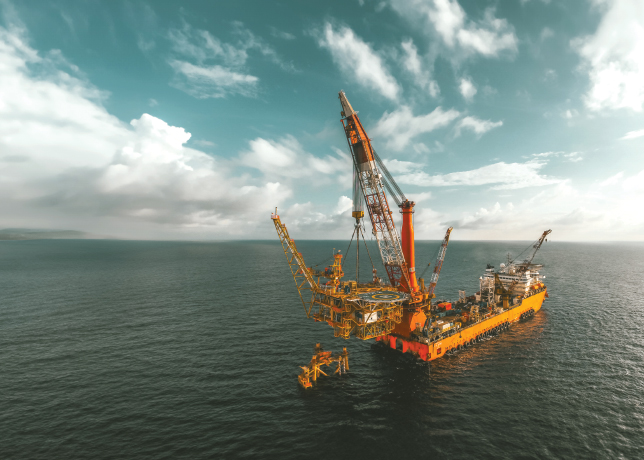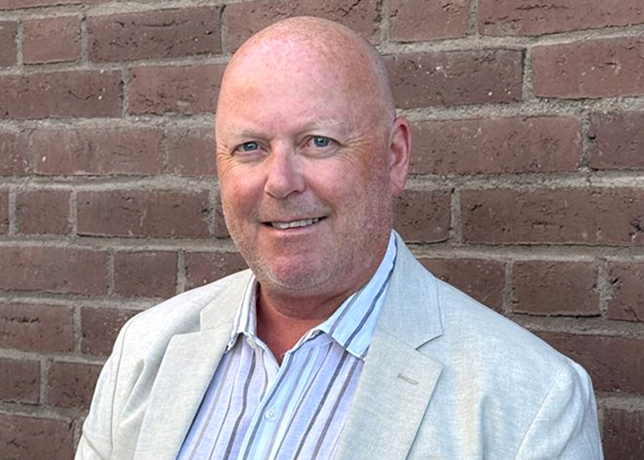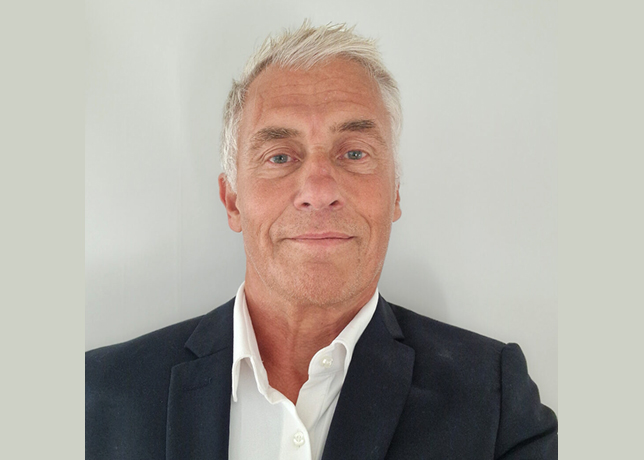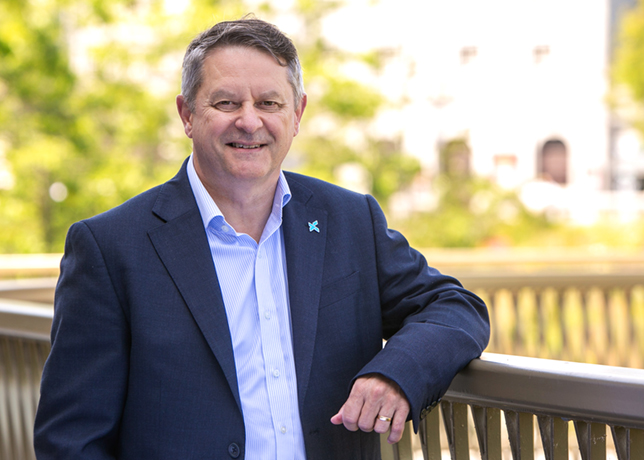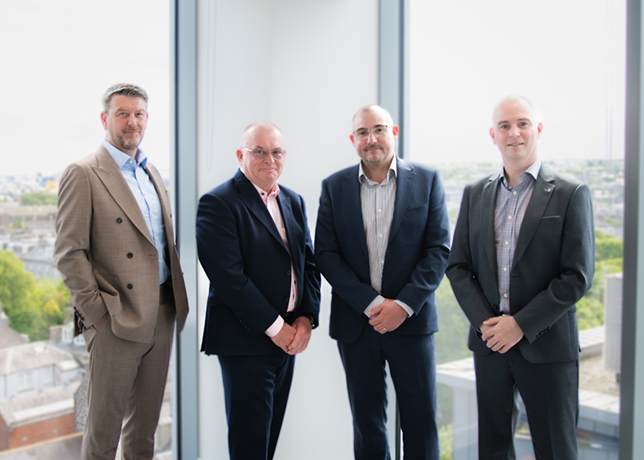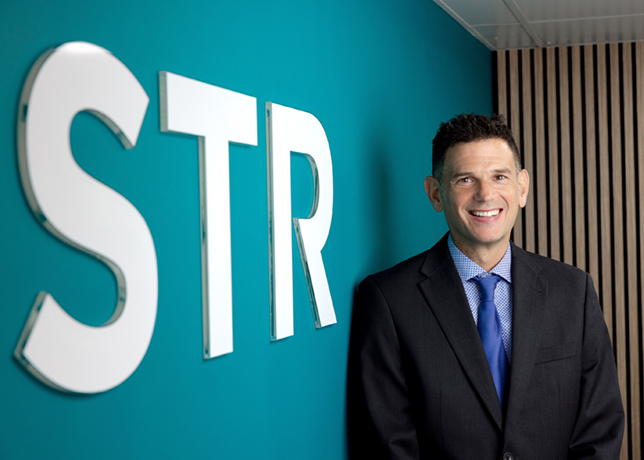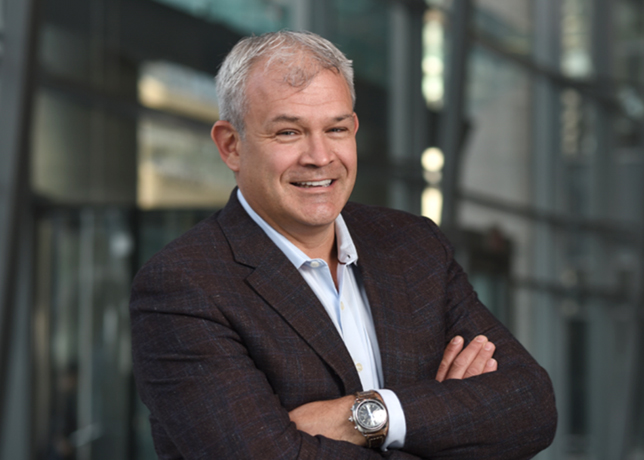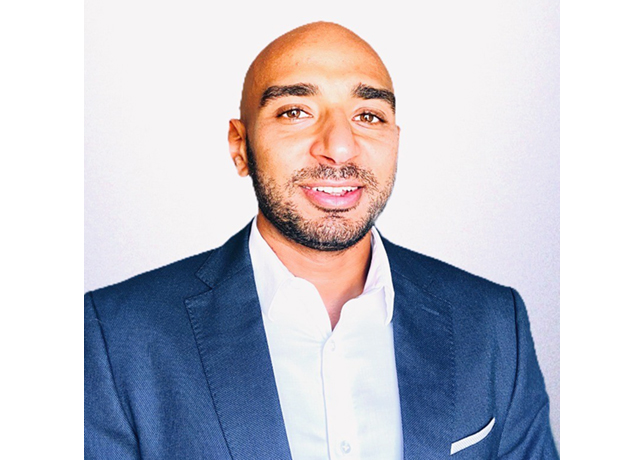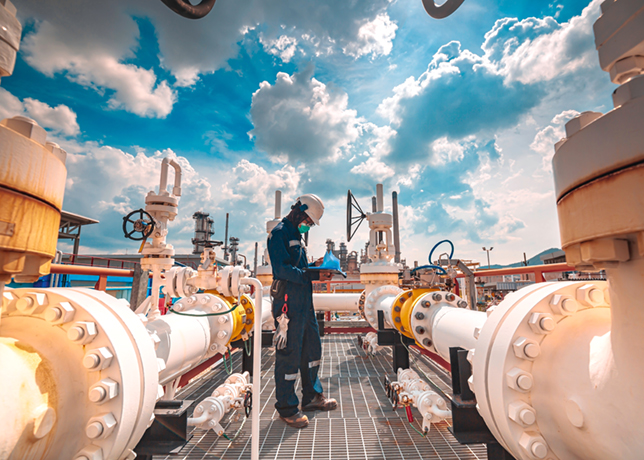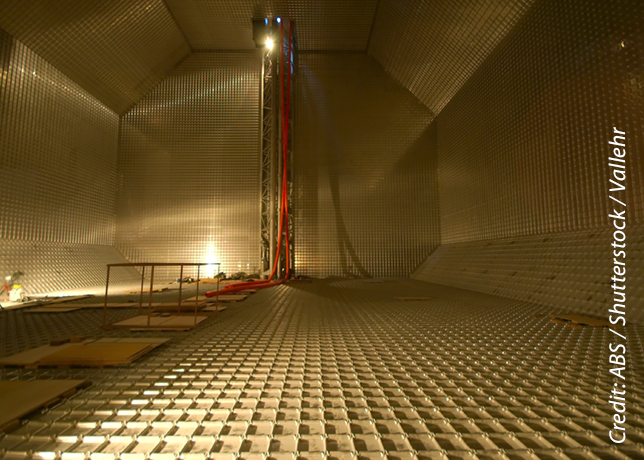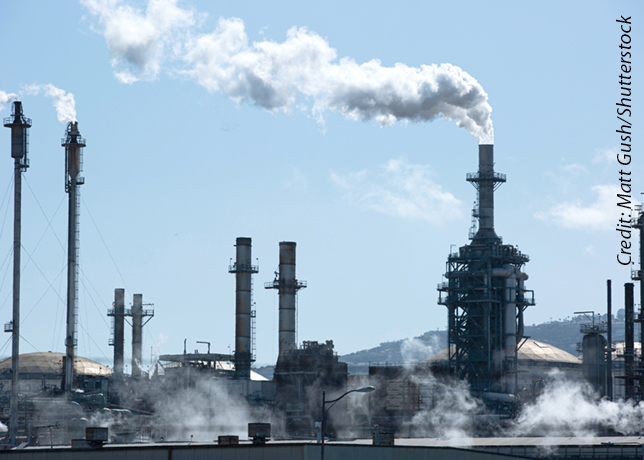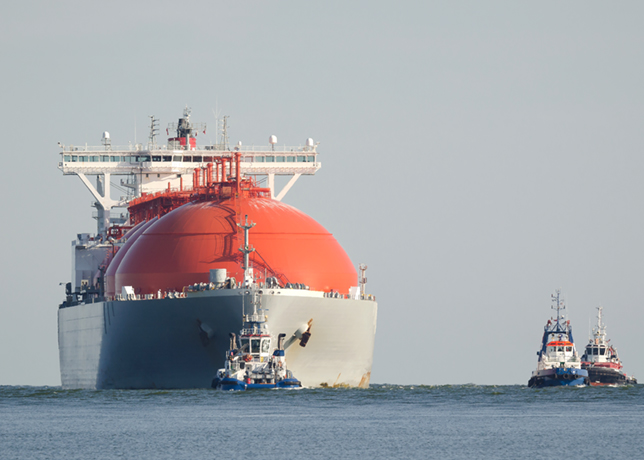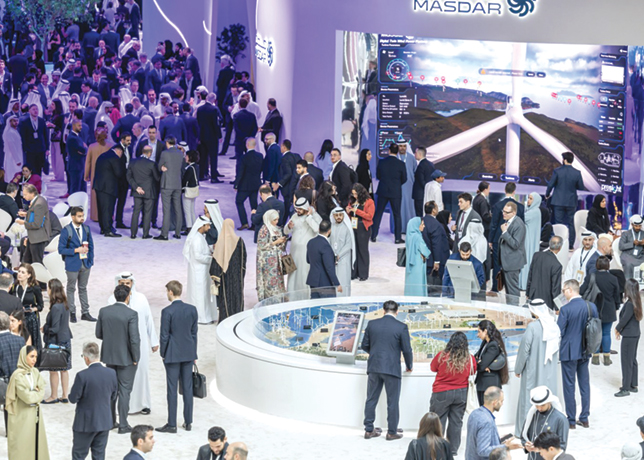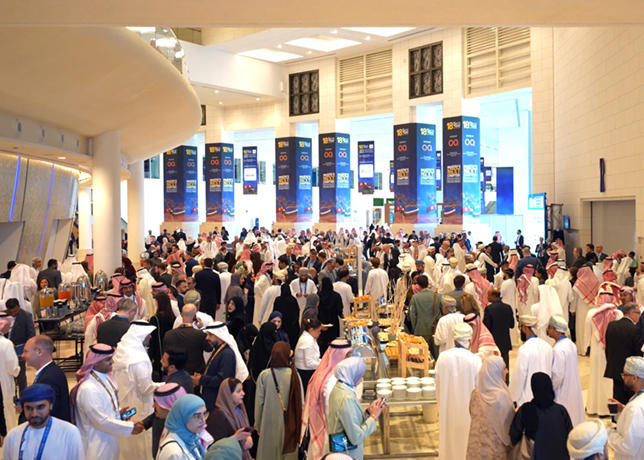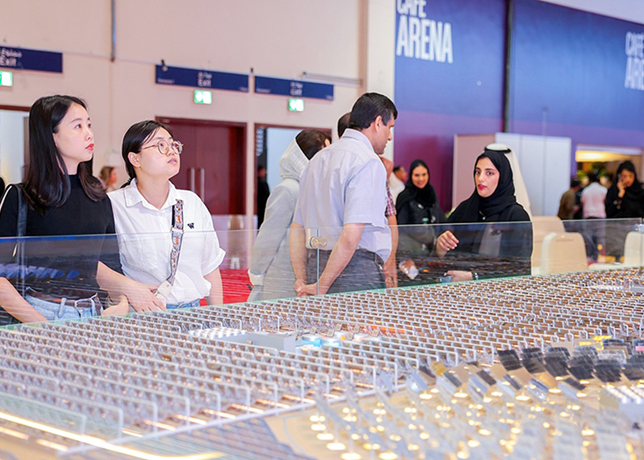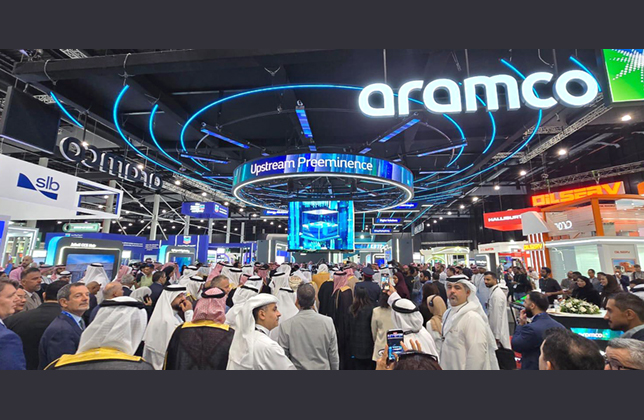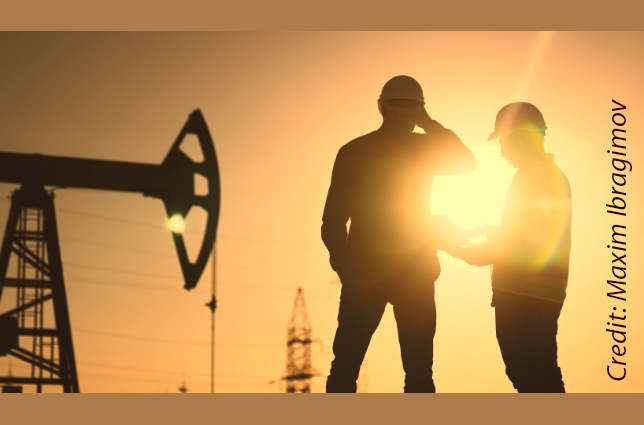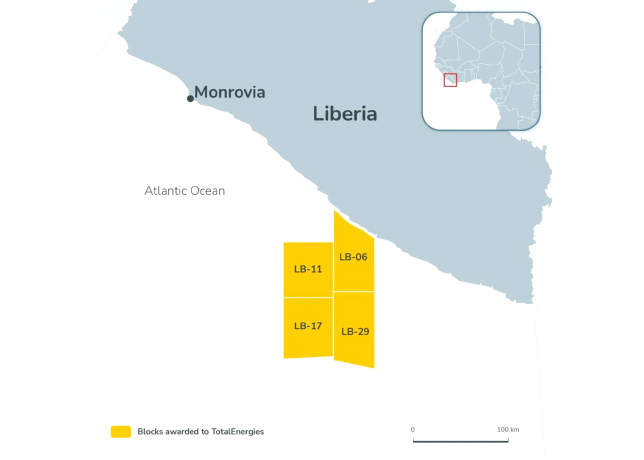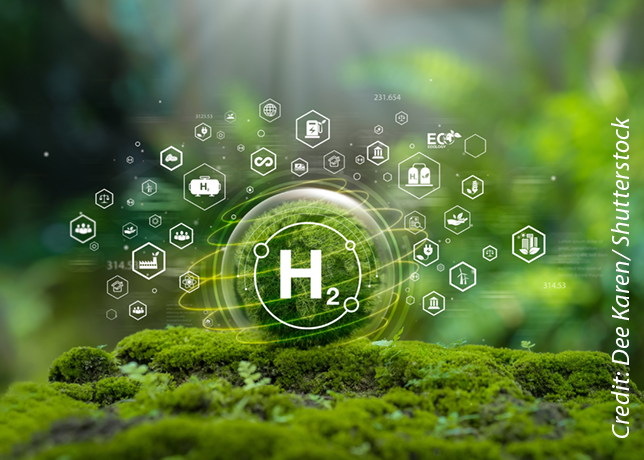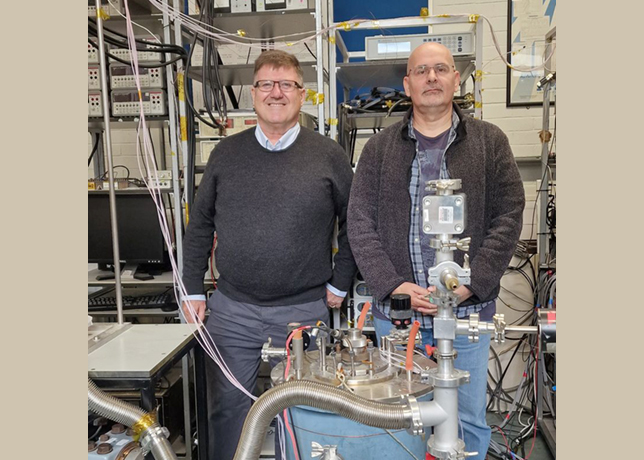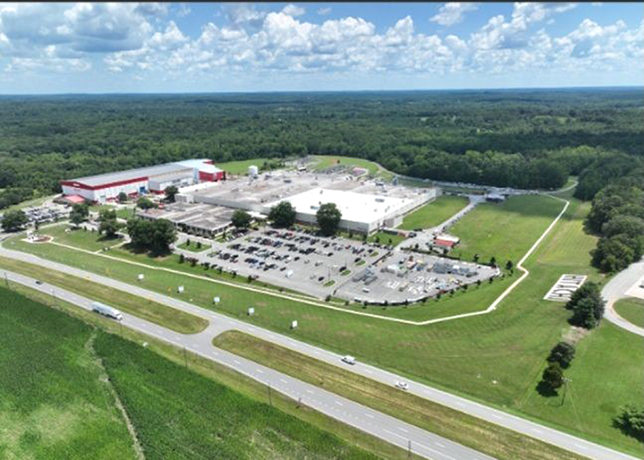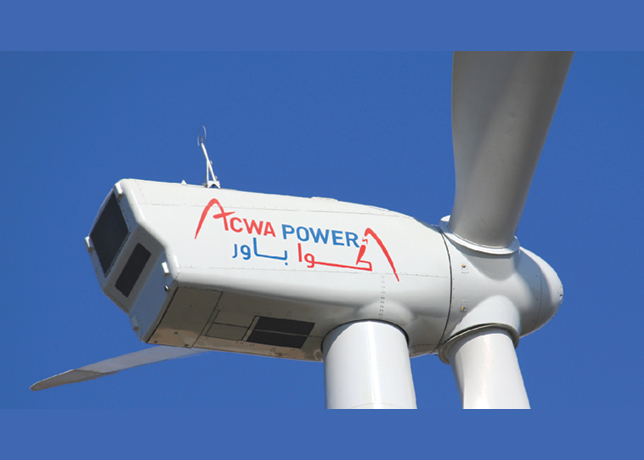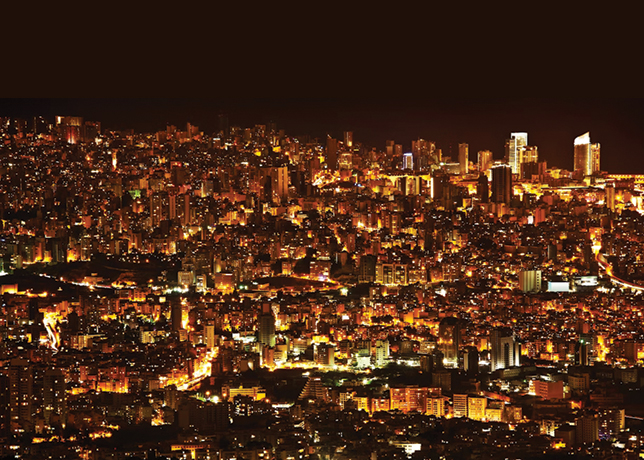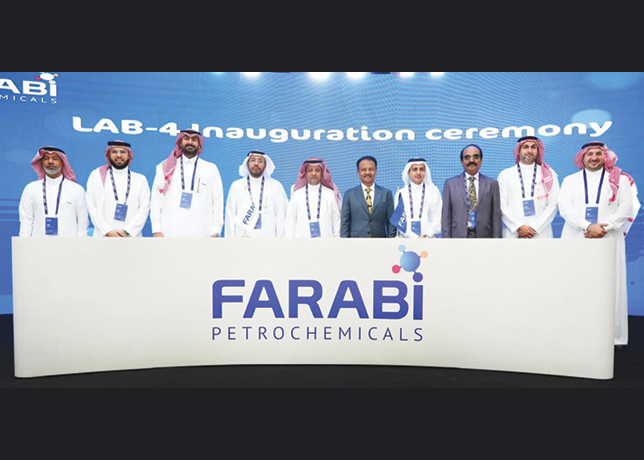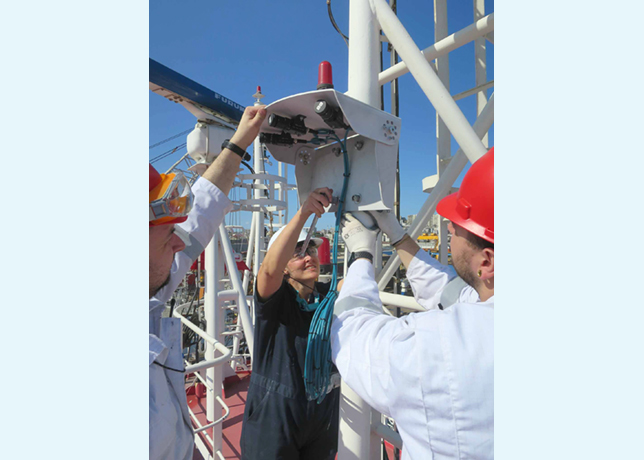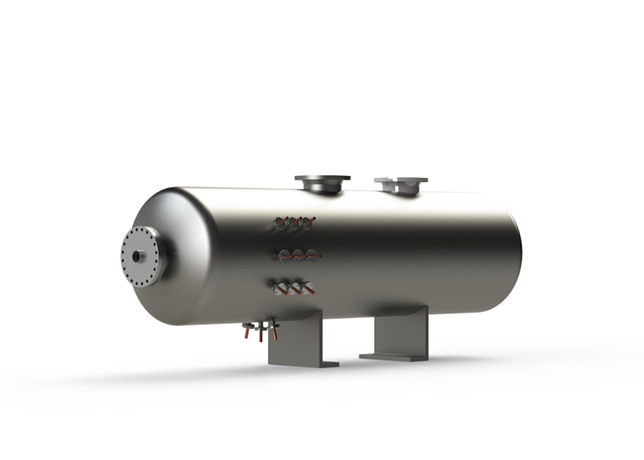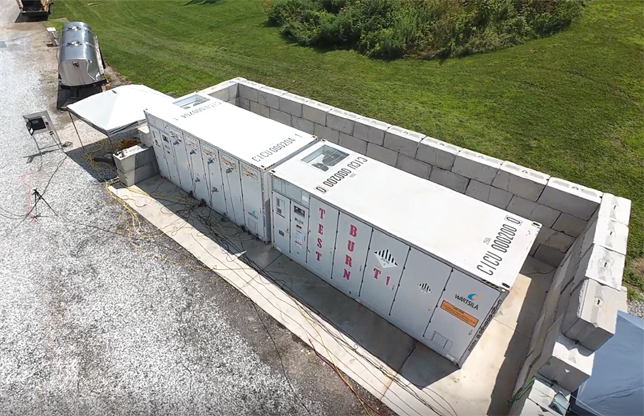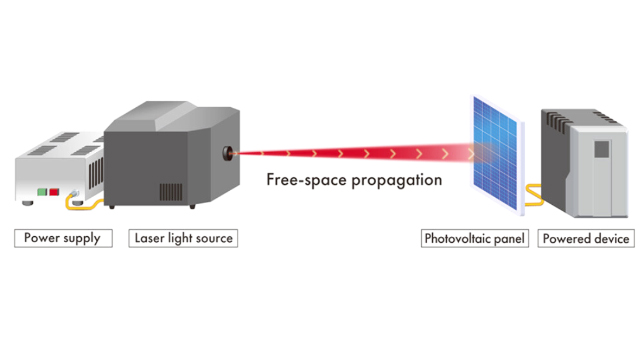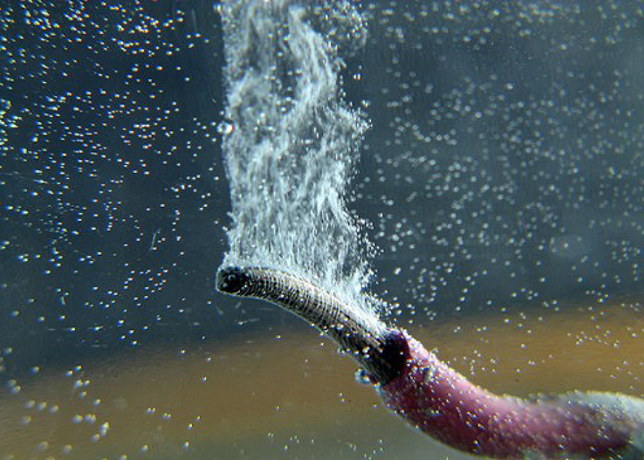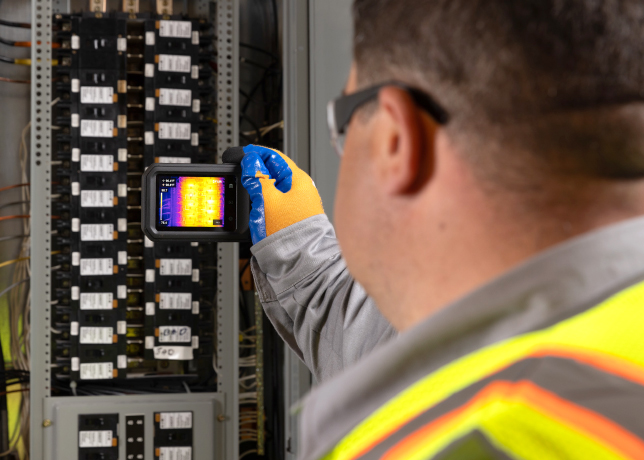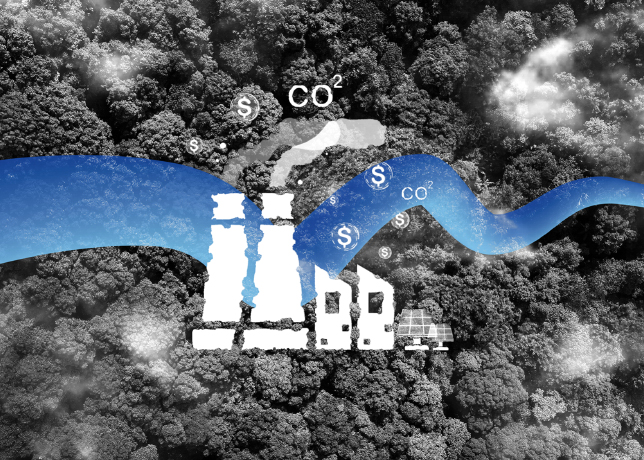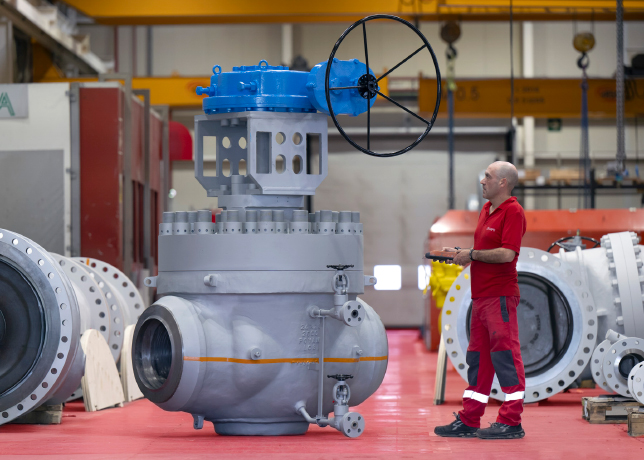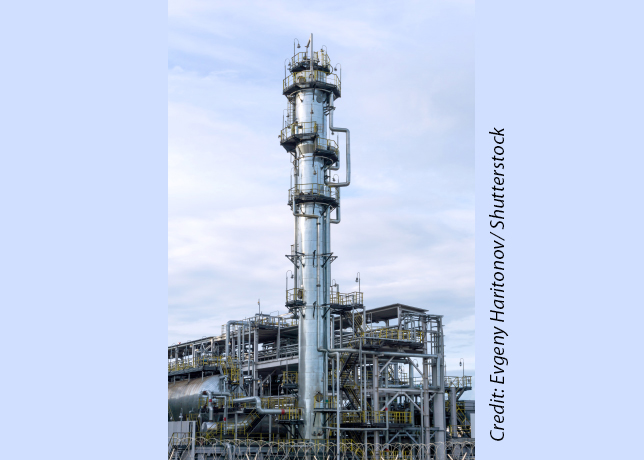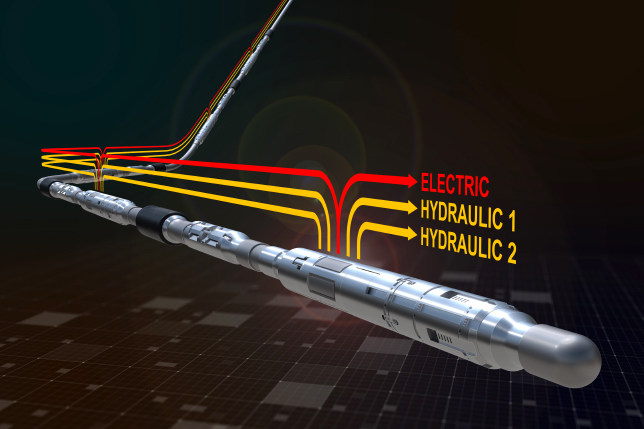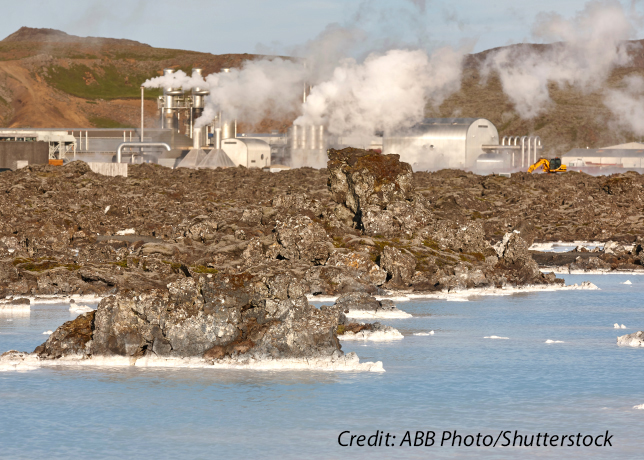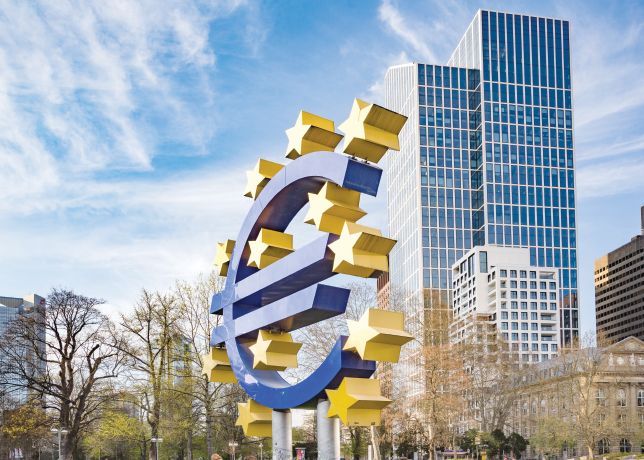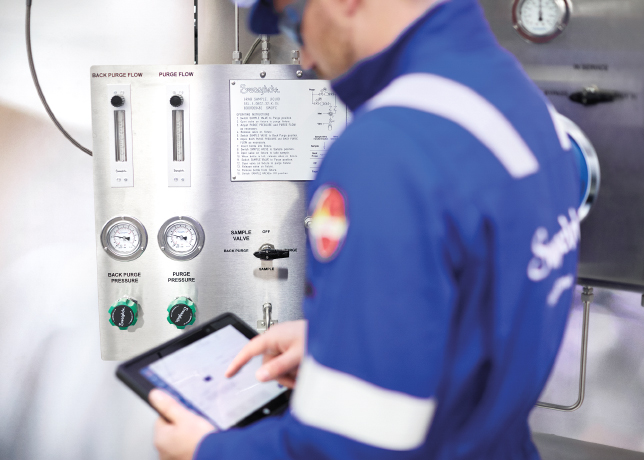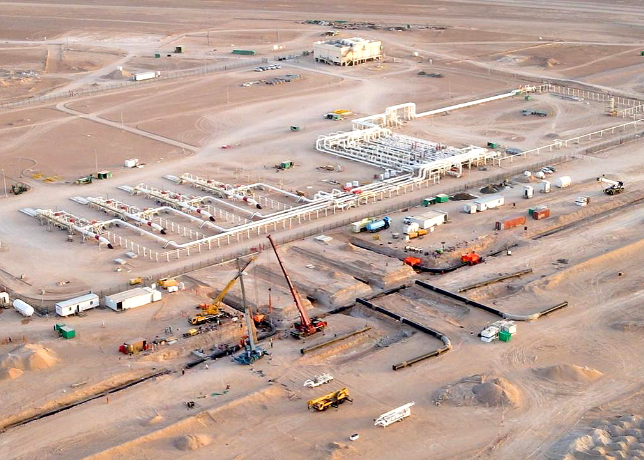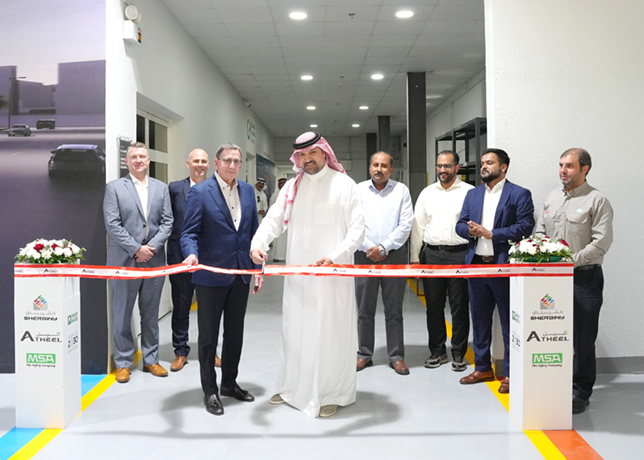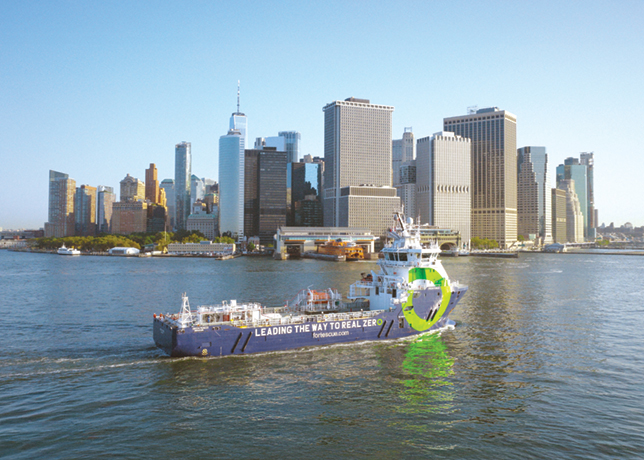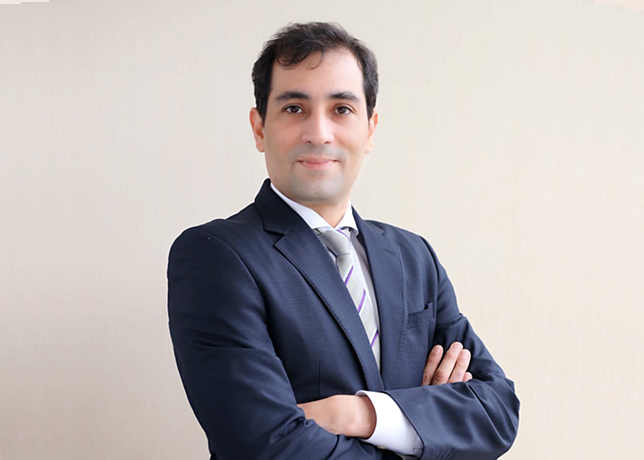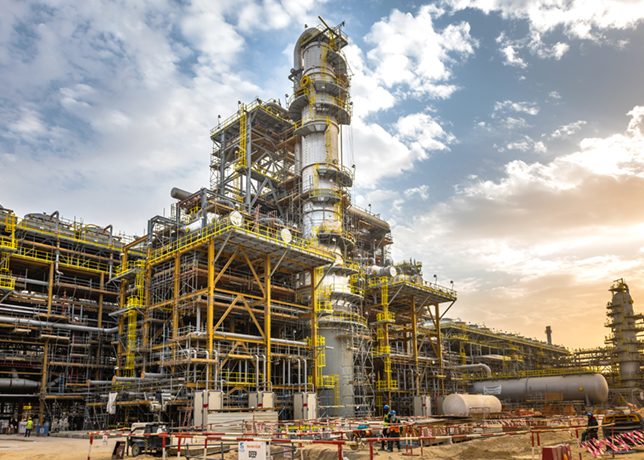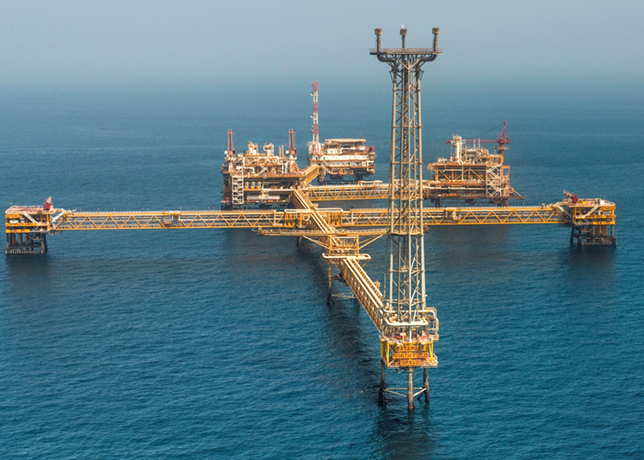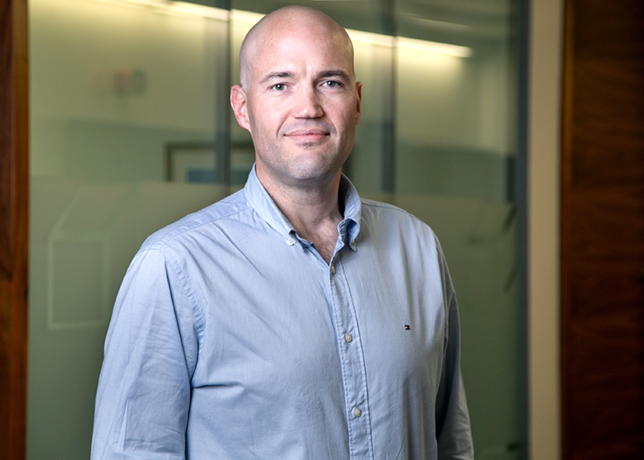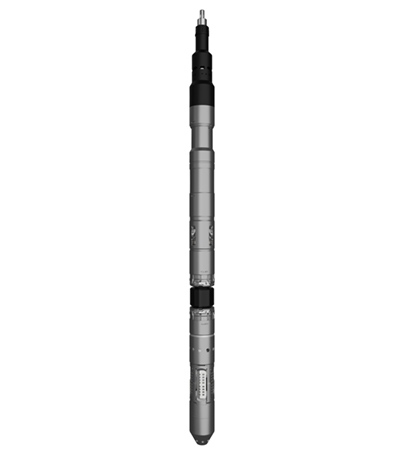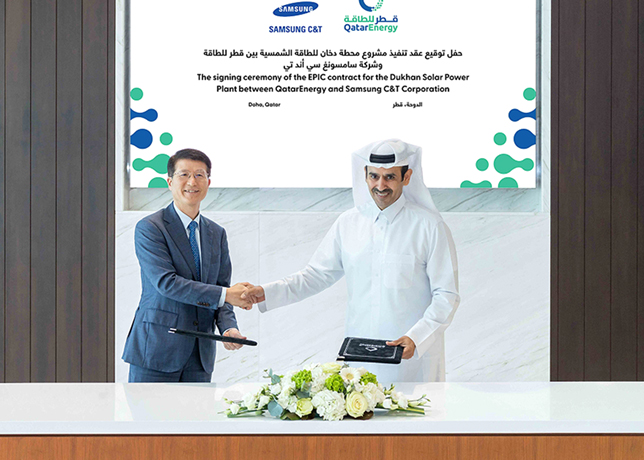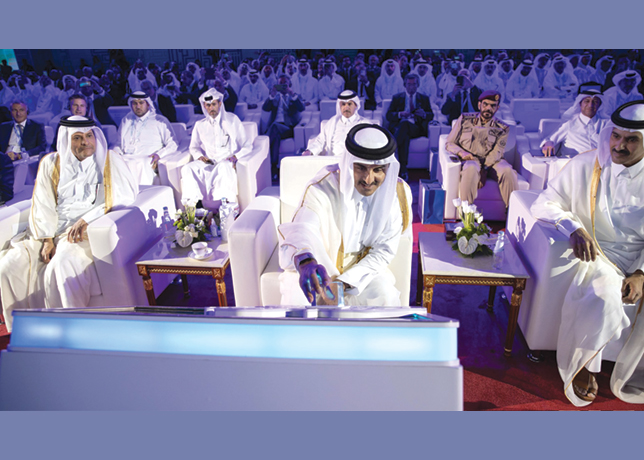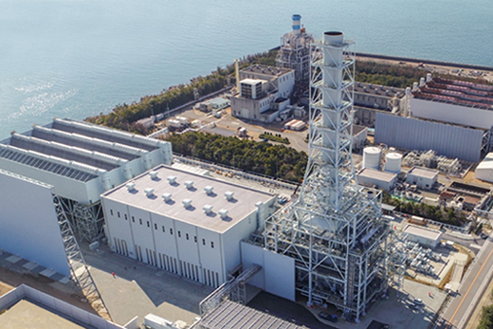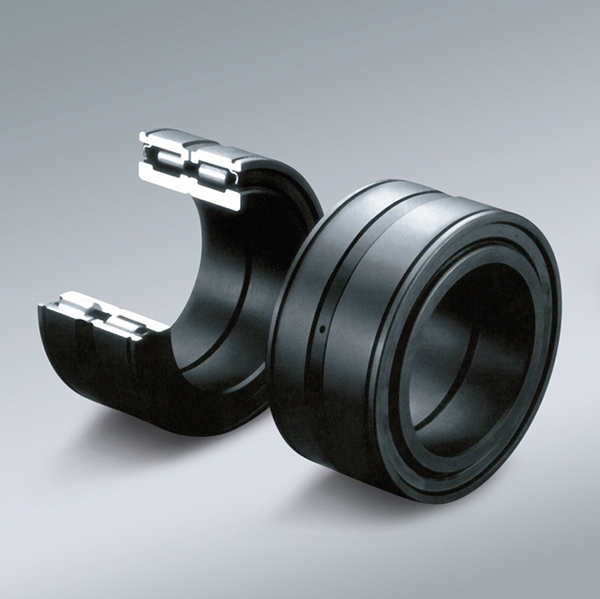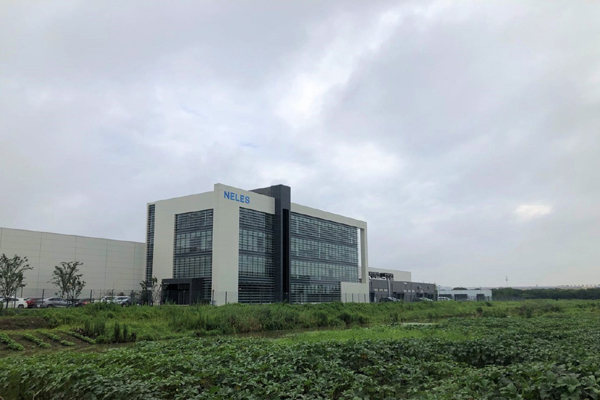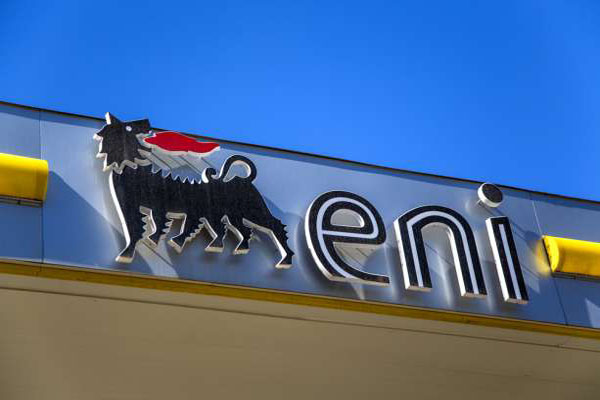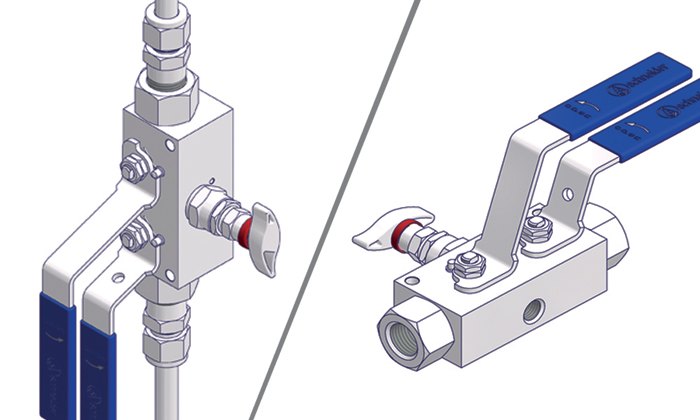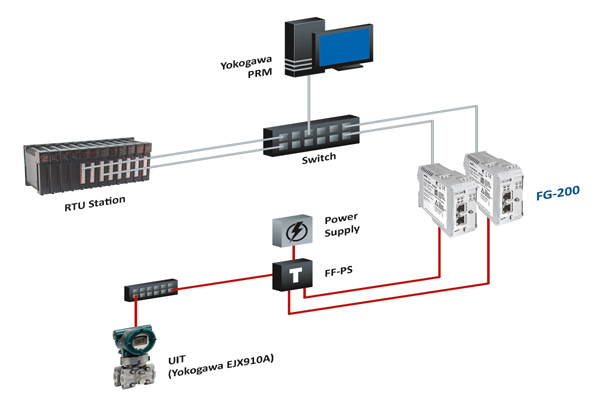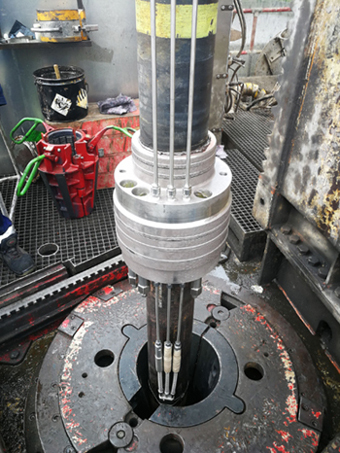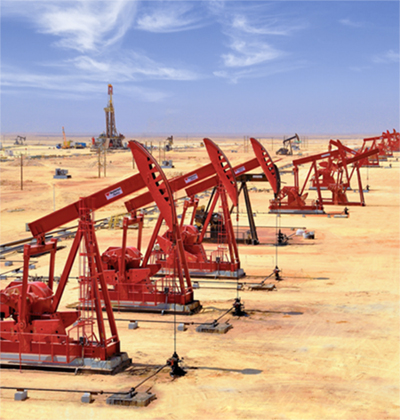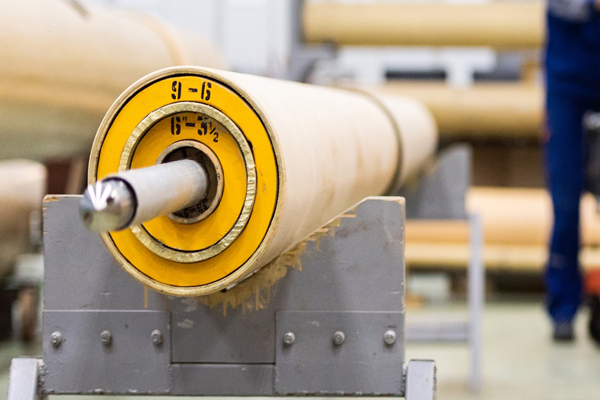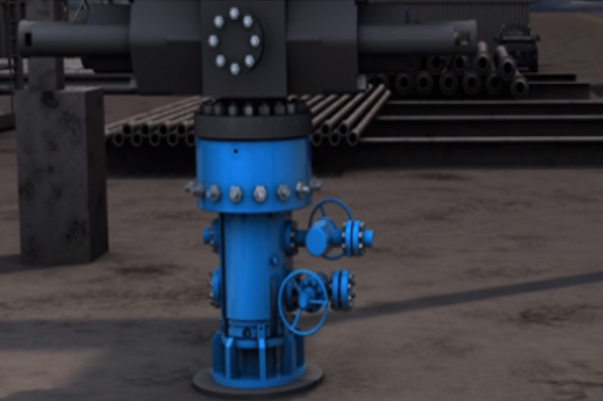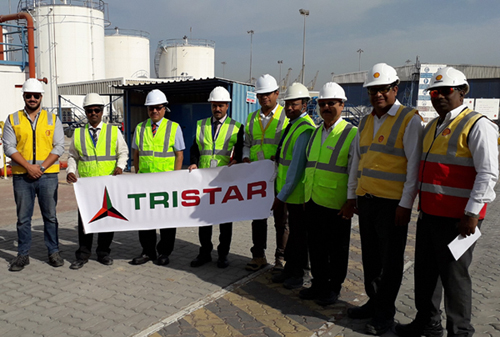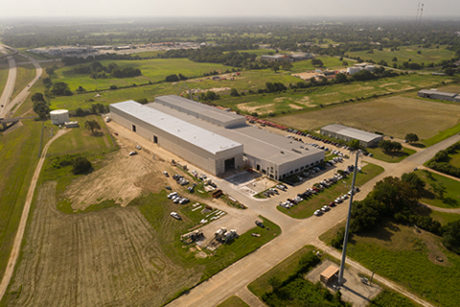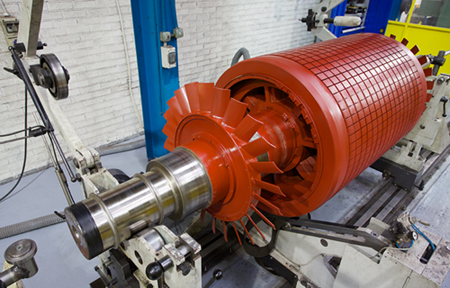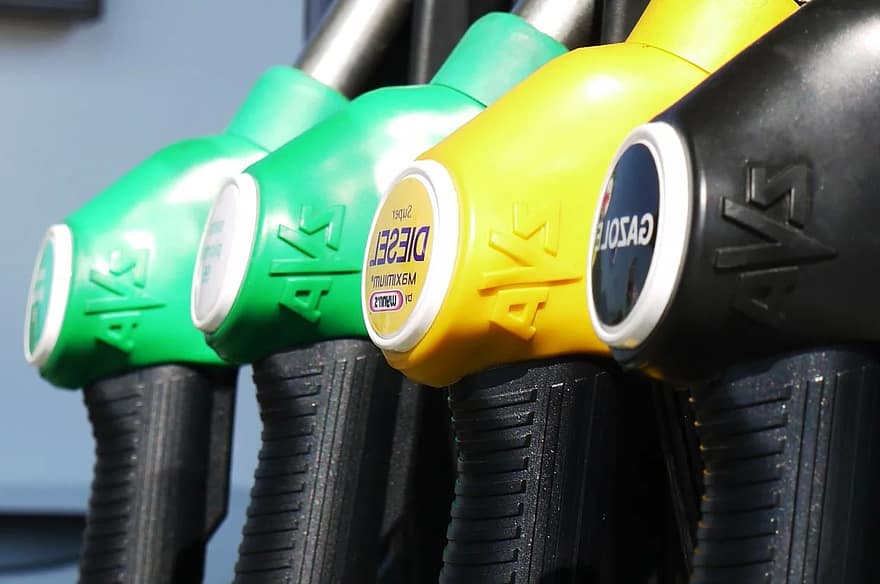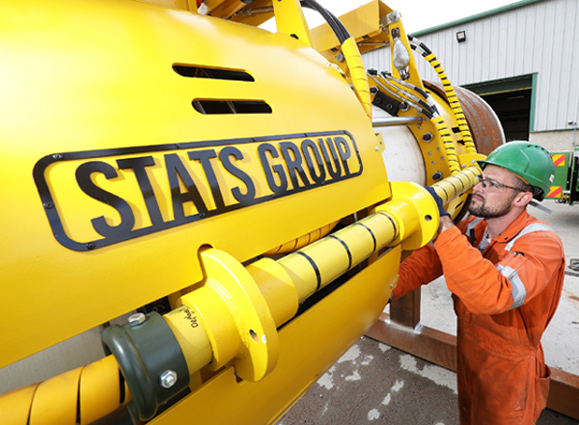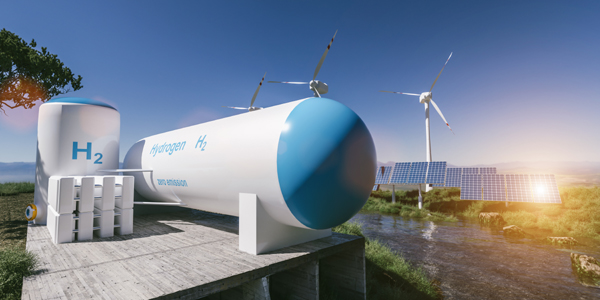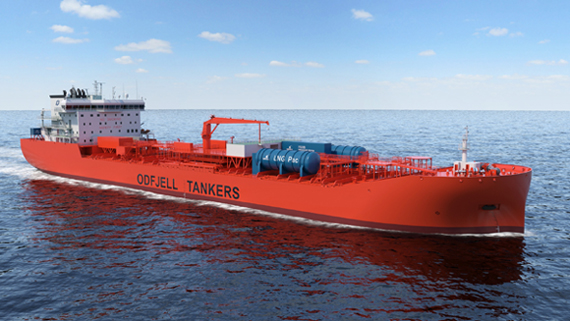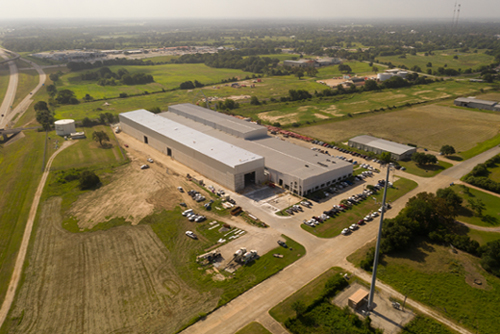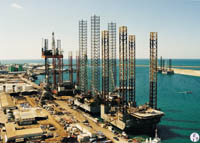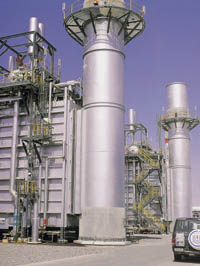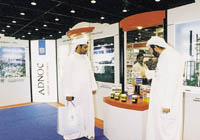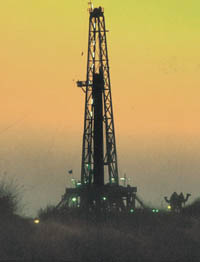
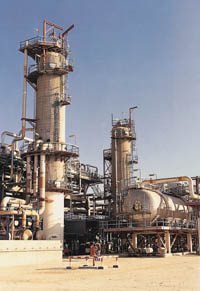 A gas plant in Abu Dhabi ... providing downstream feedstock
A gas plant in Abu Dhabi ... providing downstream feedstock
When the US Energy Department estimated in August that the UAE's oil revenues for this year would reach $19.6 billion, there was no indication of the global shockwaves following the September 11 terror attacks on the US.
Fully prepared to act against any major fluctuations in oil prices, Opec - of which the UAE is a leading member - has demonstrated its capability to maintain a stable oil market under even the most extraordinary circumstances.
As such, the UAE is set to continue to reap the benefits of stable oil markets, enhanced by abundant oil and gas resources and a number of projects currently under development to add value to these resources and to help diversify the economy.
The latest dynamic developments in the UAE's oil and gas sector mirror three decades of qualitative and quantitative achievements.
In the last 30 years, oil reserves have almost tripled from 30 billion barrels in the early 1970s to about 89 billion barrels at present. Natural gas reserves, now at approximately 244 trillion cu ft, were 23.1 trillion cu ft 30 years ago.
Production-wise, the UAE averages more than two million barrels per day (bpd) today, compared with about 800,000 bpd in 1970.
But, such is the rapid pace of industrial and economic development in the UAE, and in Dubai in particular, that the country's rich reserves are being stretched.
According to an Opec study, the UAE's natural gas reserves represent 16.4 per cent of the total reserves of all Arab states.
However, gas demand is rising quickly as new industries are developed in the country to diversify the economy.
The UAE is addressing this situation by initiating its own gas developing projects and looking to neighbouring countries for additional supplies.
Gas projects in Abu Dhabi alone are valued at $5.2 billion, according to estimates, and some are now coming to fruition.
The three-phase onshore gas development (OGD) has involved multi-billion dollar spending to produce one billion cu ft per day of dry and wet gas and condensates to meet domestic demand.
Also onshore, the Asab Gas Development is in its second phase following the construction of facilities to treat 856 million cu ft per day of gas from the Thamama F and G reservoirs.
These gas projects will also be providing feedstock for expanded downstream infrastructure in Abu Dhabi. The $1.2 billion Abu Dhabi Polymers Company (Borouge) project at Ruwais, for instance, is expected to be completed in December.
The 60 per cent Abu Dhabi National Oil Company (Adnoc) and 40 per cent Borealis facility will produce ethylene and both high and linear low density polyethylene, using onshore gas collected, processed and distributed by Adnoc subsidiary Abu Dhabi Gas Industries Company (Gasco).
Also at Ruwais, Abu Dhabi Refining Company (Takreer) is pushing ahead with an expansion of the existing oil refinery to increase the ratio of finished products to crude and add value to exports.
As well as expansions at Ruwais refinery, Takreer is also said to be planning a 300,000 tpy base oil refinery nearby. The facility will, according to reports, take advantage of the large amounts of atmospheric residue, containing high quality crude components, produced at Takreer's Ruwais and Umm Al Nar refineries.
In Dubai, the industrial diversification process focuses less on heavy industry and more on hi-tech oil and gas service and support industries.
What it lacks in oil and gas resources and production, Dubai makes up for in innovative government policies which will ensure that the emirate enjoys income from a wide range of sources.
A well established example of the Dubai government's far sighted approach to diversification and industrialisation is the Jebel Ali Free Zone (JAFZ), where some of the world's top oil and gas service providers benefit from a range of investment incentives.
From Jebel Ali, and, more specifically, the Oilfield Service Centre (OSC), these companies are able to offer vital services to companies throughout the UAE, the Middle East and further afield.
The emirate has emerged as a major regional hub and headquarters for many of the world's leading oil companies.
Dubai and Abu Dhabi are also continuing to develop as meeting points for some of the industry's leading minds and technologies, hosting some of the most important conferences and exhibitions on the global oil and gas event calendar, with delegate and exhibitor numbers growing every year.
For Dubai's part, impressive industrial, commercial and demographic growth means that it will have to increasingly look to Abu Dhabi and beyond for energy supplies.
Abu Dhabi began in July the supply of 500 million cu ft per day of gas to Dubai, while a major project to process and pipe gas from Qatar's North Field, called the Dolphin Project, is being developed to feed the wider UAE and southern Gulf.




